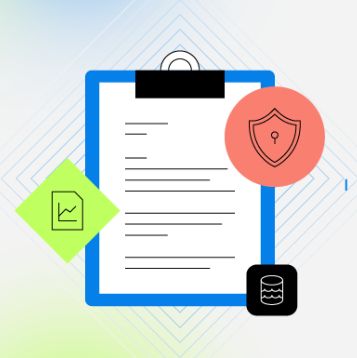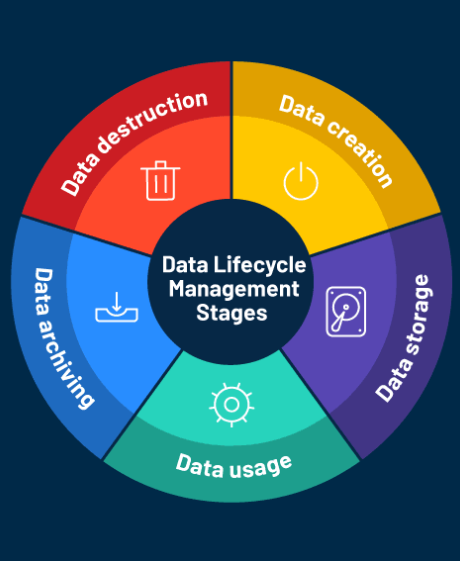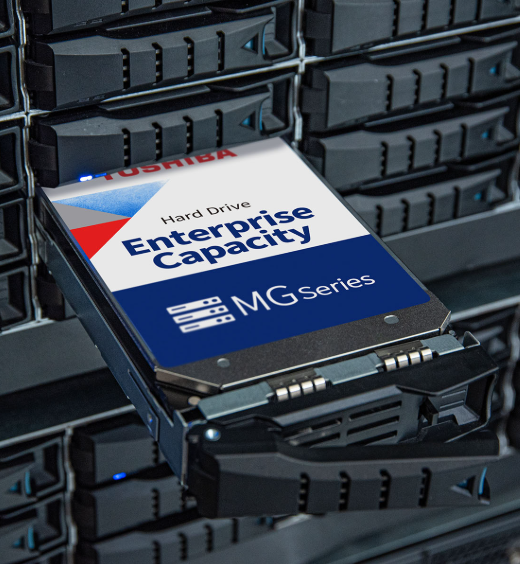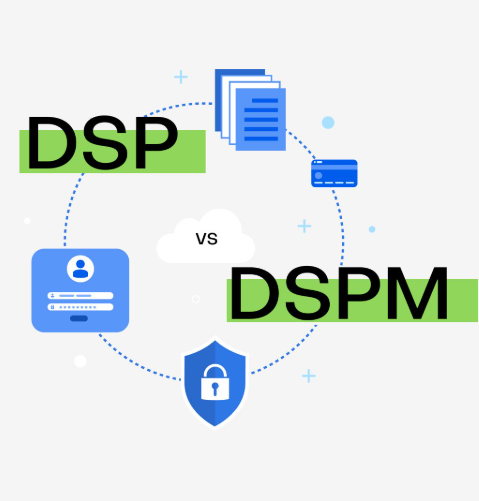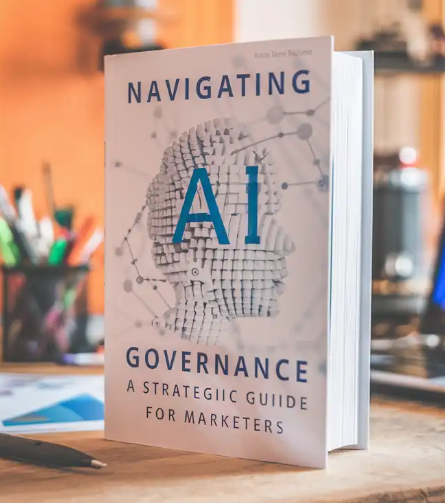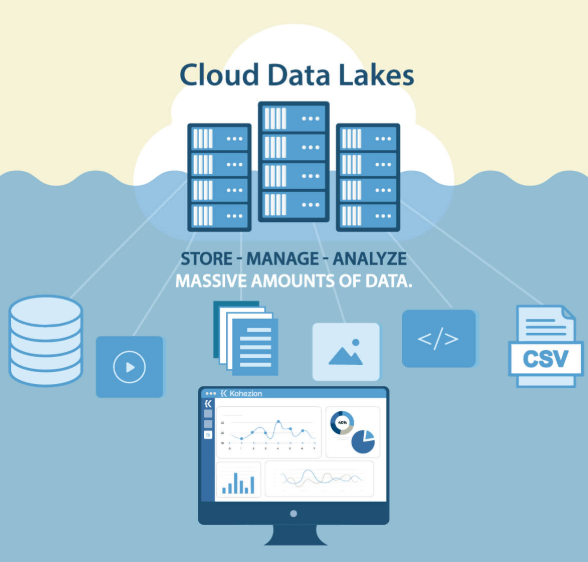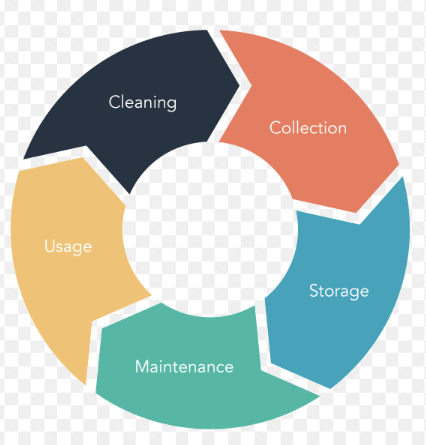
AI is a crucial asset for modern businesses, but the costs associated with maintaining AI clusters can quickly add up. From GPU to storage, AI infrastructure often surpasses the expenses of traditional IT services. A major factor in these escalating costs is data size—whether you’re dealing with 1TB, 1PB, or even 10PB, the expenses grow significantly with data volume. For Chief Information Security Officers (CISOs) and Chief Information Officers (CIOs), reducing these costs while still achieving high AI performance is a constant challenge.
The pressing question becomes: Can you cut costs while still improving AI outcomes? The answer lies in a more strategic approach to data management. This blog explores how businesses can optimize AI costs while boosting performance through improved data governance.
The Growing Challenge of Data Storage Costs
Over the past few years, data storage prices have risen significantly. Factors like tariffs—such as the Trump Tariffs—have added to the overall cost of hardware, including storage and server systems. As businesses increasingly rely on larger and more powerful AI clusters, these mounting costs are becoming a growing concern.
Reports indicate that the rising demand for storage, coupled with tariffs, has resulted in higher prices for both cloud storage providers and hardware manufacturers. These increased costs are often passed on to consumers, making AI infrastructure even more expensive for companies, as noted by industry sources.
Reducing Data Size: The Key to Cost-Effective AI Clusters
The solution to managing AI cluster costs doesn’t lie in simply purchasing cheaper storage. Instead, it’s about optimizing how data is handled. Data is vital for AI, but not all of it is valuable. By focusing on the most relevant data and cutting out redundant or unnecessary information, businesses can significantly reduce their storage needs and, in turn, lower costs.
This is where Enterprise Insights can make a difference. By identifying, classifying, auditing, and remediating data effectively, companies can optimize their AI infrastructure, reduce storage costs, and improve AI performance. With a refined data management strategy, businesses can enhance the effectiveness of their AI without compromising on outcomes.
The Advantages of Reducing Data Size
Cutting down on the amount of data processed by AI offers multiple benefits:
1. Reduced Storage Costs:
With less data to manage, the overall storage requirements shrink, which directly lowers costs associated with managing AI clusters.
2. Faster Processing Times:
With smaller datasets, AI models run more efficiently, leading to quicker decision-making and improved overall outcomes.
3. Enhanced AI Accuracy:
By classifying and cleaning data, AI algorithms work with more relevant and precise information, improving the accuracy of predictions and insights.
4. Better Compliance:
Reducing the volume of stored data helps businesses protect sensitive information, ensuring better compliance with privacy regulations.
Cutting Costs Without Cutting Corners
Lowering AI costs doesn’t mean sacrificing performance. By adopting a smart data management strategy, businesses can decrease the amount of data fed into AI systems while still maintaining excellent results. Enterprise Insights provides a pathway to enhance AI outcomes without breaking the budget.
The key is striking a balance between optimizing costs and maintaining high-quality AI outputs. By implementing data governance practices like classification, remediation, and auditing, organizations can achieve this balance.
How Enterprise Insights Can Help Manage AI Clusters
1. Identification:
The first step is identifying all data used in AI projects, both structured and unstructured. This ensures only necessary data is retained.
2. Classification:
Understanding the value of each dataset is critical. Not all data is needed for every AI task, and some data can be archived or even deleted.
3. Remediation:
Data remediation involves removing redundant or outdated data that does not contribute to the AI model’s performance.
4. Auditing:
Regular audits ensure that only relevant data is processed, maintaining a lean infrastructure and reducing unnecessary data processing costs.
By leveraging Enterprise Insights for better data optimization, businesses can minimize storage needs and GPU usage, ultimately saving on costs while preserving AI performance. This approach makes it possible to achieve better results with fewer resources.
Conclusion
Reducing the amount of data processed by AI systems is essential for lowering costs and improving performance. By implementing a strategic data governance approach, businesses can make the most of their AI investment, ensuring that costs remain manageable while maximizing the value of AI outputs. It’s time to let smarter data management make your AI investment more efficient and cost-effective.













